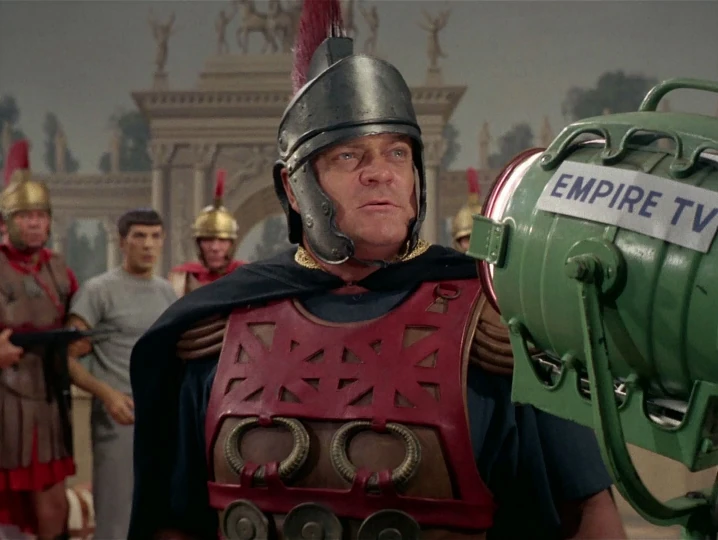I was thinking of American flag planet when I wrote that since it was one of Roddenberry's ideas for the second pilot, so it had been around since nearly the beginning.
This is another one was indeed a pilot option
, which also kept the most "parallel Earth of it all" stuff toward the end, while also telling a creative sci-fi/horror story.
TOS did hang a lampshade on the idea:
Hodgkin's Law of Parallel Planetary Development was a biological theory first postulated by A.E. Hodgkin. The theory was that similar planets with similar environments and similar populations tended to gravitate toward similar biological developments over time. Although initially applicable only...

memory-alpha.fandom.com
It's something of a cool theory. For life, as we know it, a planet has to be within x distance of a star for proper temperature and gravity. Ditto for rotation, and other factors. That a species would develop sentience and then have a history just like humankind is where things start to get wonky, and for set construction and budget constraints and to avoid overuse of stock Trek sets redressed (the Romulan ship interior is a semi-obvious redress of Enterprise corridors), it's a neat way to still tell storytelling. Most of the "parallel Earth" stories need to have that suspension of disbelief factor at full, but there's still a gem of storytelling in there. "Bread and Circuses" and "The Omega Glory" both are oddly easy to watch. YMMV, the other thing about the parallel development episodes is tone: Some are utter serious, others are utter jokey. Depending on which tone one prefers, one will be easier to roll with...
It's been said already about budgetary issues, as having to create a new planet and monster design that can't be used elsewhere is expensive. Even if a story about sentient silicon lifeforms were to be made, how often can they be reused before "diminishing returns" takes effect? There's a reason why the Horta didn't return, other than "this big roving pile of steaming cow pie covered in ketchup and mustard" doesn't always make for compelling storytelling. The costuming was expensive, difficult to move around in, and note the silicon nodules got to be repurposed - even three ended up as bits in the Engineering section set. That said, the Horta story on its own is a pretty great example of season 1, exemplifying what made TOS great. So did "The Man Trap" despite it all, in terms of how it addressed the last living being of a near-dead species as having some very complex situations being hinted at, even if the story could have been avoided if Crater got the salt tablets right away. (Remembering, of course, that - while salt is needed as an electrolyte that plain old tap water doesn't have - too much can lead to dehydration as a result too, how cool is that... um...)




